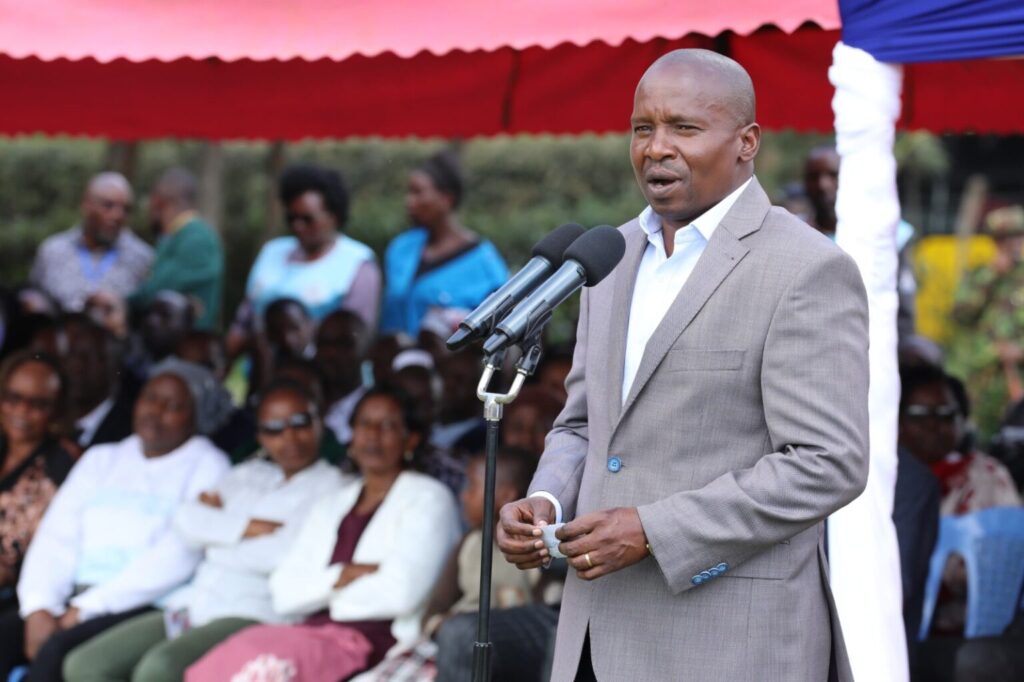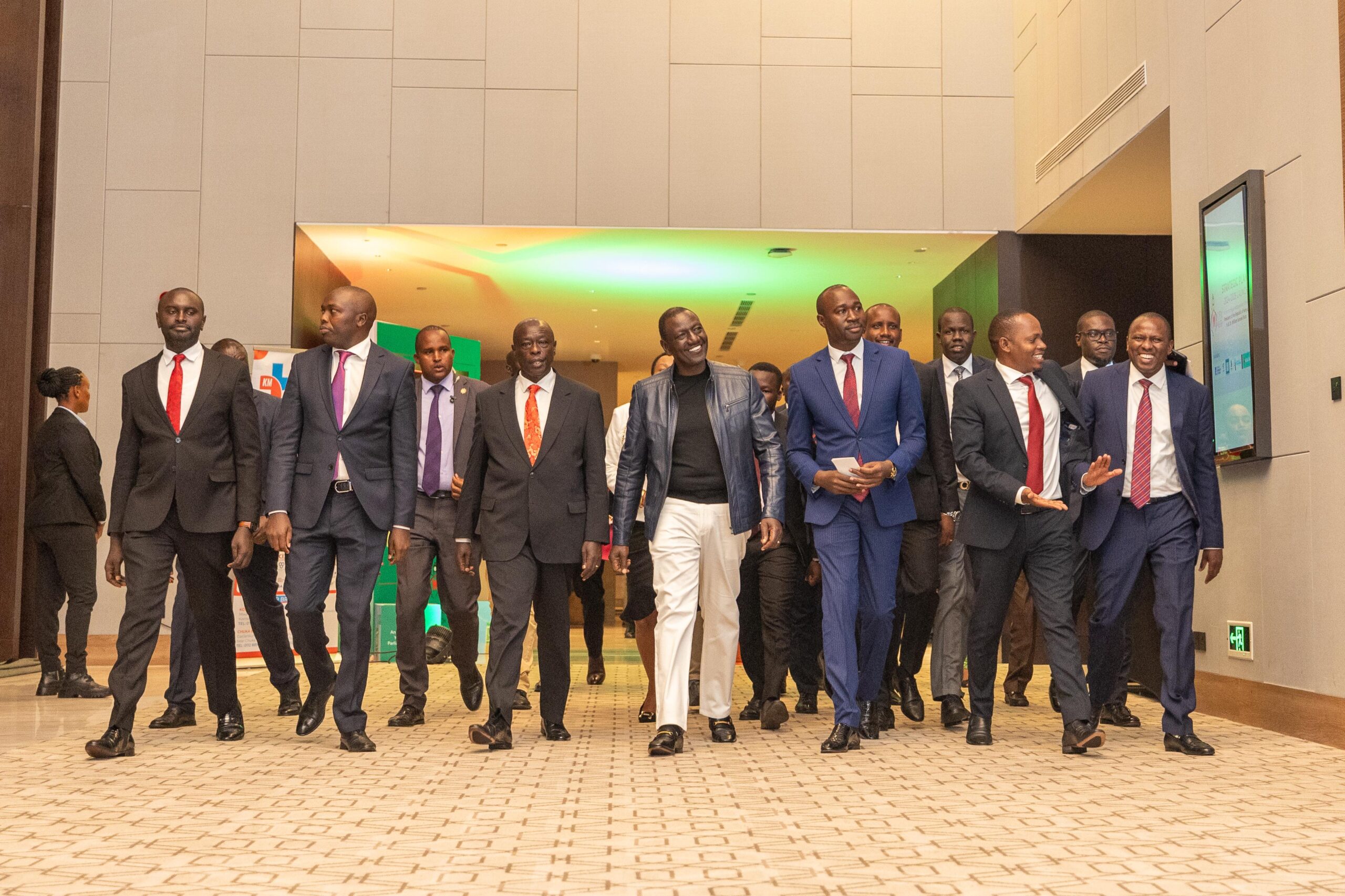The Kenya Kwanza administration has unveiled a massive nationwide road infrastructure development projects, signaling a transformative era in the country’s transport sector. Central to this ambitious rollout is the commencement of the Sh90 billion Rironi–Mau Summit dual carriageway project, scheduled to begin on July 1. Deputy President Kithure Kindiki confirmed that the long-awaited project is now on track following the successful conclusion of a Public-Private Partnership (PPP) funding agreement.
The Rironi–Mau Summit project will see the construction of a modern six-lane highway along one of Kenya’s busiest transport corridors. Nakuru County stands to gain the most, as it will host the longest stretch of this dual carriageway. Designed to decongest the heavily trafficked Nairobi-Nakuru-Eldoret route, the project is expected to drastically cut travel time and reduce road accidents along the corridor.
Deputy President Kindiki emphasized that the new highway will address long-standing safety concerns, particularly at accident-prone black spots. Locations like Kinungi, Naivasha-Delamere stretch, Gilgil, Mbaruk, Ngata, and Salgaa are among the areas where poor road design has led to frequent fatalities. “Most of these issues can be resolved by simply widening the road and creating escape routes,” Kindiki said during a memorial service in Elburgon.
Beyond enhancing road safety, the Rironi–Mau Summit highway will have significant socio-economic impacts. Kindiki noted that hundreds of job opportunities will be created during construction, with local communities prioritized for employment and supply of materials. “It is policy that government projects should benefit locals, especially in terms of employment,” he said.

The dual carriageway is being touted as a signature infrastructure project of President William Ruto’s administration. Drawing comparisons to the Thika Superhighway, Kindiki likened the current initiative to the legacies of past regimes. “The Thika Superhighway was former President Mwai Kibaki’s flagship project, extended by President Uhuru Kenyatta. Now, President Ruto is steering the country’s western growth through this transformative road,” he added.
Governor Susan Kihika and other Nakuru leaders present lauded the project as a long-overdue game changer for the region. They noted that it would stimulate trade and investment in Nakuru, Rift Valley, Nyanza, and Western Kenya by improving transport efficiency and connecting producers to markets more effectively.
The government has also announced plans to redesign the Amko Bridge along the Nakuru–Molo road, where a tragic accident recently claimed twelve lives. Engineers from the Kenya National Highways Authority (KeNHA) will assess and implement necessary upgrades to enhance safety and prevent future tragedies.
With a robust pipeline of infrastructure projects underway across all counties, the Kenya Kwanza administration is demonstrating a firm commitment to improving transport connectivity. From strategic bypasses to regional corridors, the road sector is poised to deliver inclusive growth, reduce logistics costs, and anchor Kenya’s long-term development agenda.










